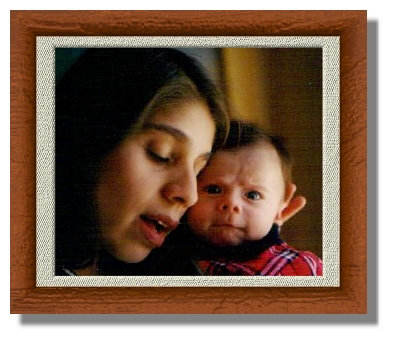|












|
| A while ago I bought an old 35mm Mamiya
1000DTL camera with a 55mm normal lens, and immediately fell in love with
photography. This was a great camera to learn with, as it forces you to
make all of the decisions. You have to think about things like where your
light is coming from, what color it is, and how directional it is. You
learn that a flash can be your worst enemy (most of the time) or your best
friend, and when to tell the difference. You also learn that according
to the desired depth of field, not everything is always in focus in a good
photo. I think that anyone who wants to learn photography should do it
with and old manual Japanese "heavy metal" camera. I like electronic gadgets
just as much as the next guy (actually quite a bit more that the next guy),
but I've seen too many really bad photos taken with really expensive automatic
cameras by people who think that just because a camera cost a lot, it will
automatically take good photos every time. There is no camera out there
that is as smart as a human.
Following this philosophy, and due in part to
a small budget, I bought an old Pentax Spotmatic II with a set of Takumar
SMC normal lenses. Now THAT'S a camera! It is a mechanical marvel. It was
built around 1971, and works as smoothly as a swiss timepiece. The takumar
lenses will beat the pants off of most modern zoom lenses. Total price
tag $150 (including the three lenses).
|
 |
| One of the most interesting aspects of photography is the ability to
freeze motion. This is done by reducing the interval of time that the film
is exposed to light so as to render all motion insignificant. Of course
a faster event requires a shorter interval of exposure. One method of decreasing
the exposure time is increasing the shutter speed of the camera. Some modern
35mm camera have shutter speeds as fast 1/8,000 of a second. That's pretty
fast by human standards, but many events, such as the popping of a balloon
require a much shorter exposure. If your shutter were fast enough to catch
the action, how many balloons and how many rolls of film do you think you
would go through before you hit the shutter release at the right time?
You might never get it. To do it right, you must leave the mechanics out
and let the electronics do the work. A shutter is physical and has mass
and inertia. In most cameras, the shutter starts at rest, and is accelerated
across the film plane. A flash, however is electronic and does not suffer
from inertia. A run of the mill automatic flash is capable of exposures
as short as 1/30,000 of a second. That's fast enough to freeze motion of
a balloon ripping open. Also, an electronic flash is very easy to trigger,
so that with a simple sensor, an event can be captured reliably. I use
a piezo buzzer to trigger the flash in the case of something that makes
noise, such as a balloon popping. When I want to catch a moving object
as it passes a certain point, I use an infrared emitter and detector. With
such a setup, it is simply a matter turning off the lights, opening up
the shutter, and waiting for the event to occur, which triggers the flash.
It's a simple procedure that gives some amazing results. |
 |
|
|
|
![]()